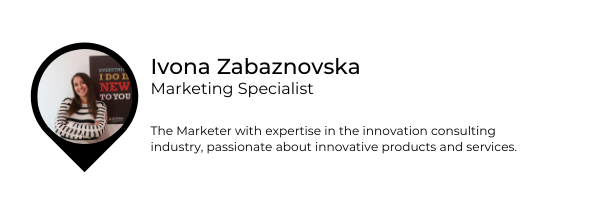Contents
In recent years, competition has become global and fast to respond to all new developments. At the same time, customers are now increasingly more difficult to attract and satisfy. The stakes have never been higher for businesses, as the only way to ensure the survival of a company is to innovate faster and work harder than all the other players. So, here comes the question of how to boost productivity and increase efficiency?

Doing so is easier said than done, as employees are not machines – there is no button that can be pressed to make them go faster. This is the challenge a lot of businesses face as productivity is proving to be the deciding factor for who gets to stay on the market and who will be faced with failure, sooner or later.
While the situation appears dire, there is hope: a secret mechanism that ups the productivity of the employees by more than 20%. The biggest companies in the world have already put it to use and experienced unbelievable success.
The likes of Apple, Google, Ikea and IBM have been using this secret for over a decade now. A human-centered methodology with which a company can increase the quantity and quality of the work and reduce the time required.
The secret is the Design Thinking methodology, and here are 3 reasons why it works:
The human condition
Humans are emotional, impatient, unpredictable and sometimes have personal struggles. They are also problem solvers, creatives, inventors and drivers of change. We must focus on the latter in order to overcome the former. At the end of the day, all humans require the same thing: empathy.
Managers need to give more effort in forging real connections with their employees. They need to understand what the employees need in order to do their job more easily. Sometimes, that is a better chair or newer software. And sometimes, the managers need to identify what their employees will benefit from without them even knowing it.
Introducing the Design thinking methodology means that the employees will be able to identify problems more easily and develop new solutions a lot faster. This is because the Design Thinking strategies enable people to focus on the true end goal, envision the problem more clearly and create a great solution for a fraction of the time.
The methodology is human-oriented, encouraging individual differences and empathy, and benefits from people working together towards a common goal. This is exactly why humans love it, and the results it brings to companies to make them love it too.
The power of the environment
During the industrial revolution, companies started to focus on how to boost productivity and increase efficiency. At the time, tasks required mostly physical work and repetitive movements. Many scientists devoted their lives to track movement and improve efficiency.
They understood the effects that the working environment had on the workers and reduced friction by modifying machines, the placement of tools and improving the processes.
A lot has changed since that time, especially the nature of work. Employees are now sought after for their intellect and creative capacities. That has made the challenge for increasing productivity a far more complex one: reducing friction in the mind is no easy task. The task of time management is also more difficult if the employees just can’t get into a creative flow.
This is why the Design Thinking methodology is the best solution. People think better when they are in a relaxed environment and are most creative when they work in teams. The Design Thinking methodology is based around teamwork and co-creation.
Specific steps guide the teammates through the process of and ideation, developing and testing. Ultimately, they create the best solutions, for a much shorter period of time. The method is so effective that some call it the productivity hack of the 21 century.

Motivation and millennials
How to boost productivity at work is becoming an especially popular topic in the last few years. The reason behind it is the shift happening with the new generations that are just now entering the workforce. Millennials are constantly accused of being lazy while they claim to be simply unmotivated.
The new generations also take issue with authority, in other words, they don’t like being told what to do, so traditional management styles are an ineffective approach. Because of this, companies are really looking into new ways to effectively motivate them.
People in general, but especially millennials, are most motivated when they feel a sense of personal responsibility. When people work together, they really don’t want to be the one that fails the others. As Design Thinking is based around teamwork, it accomplishes to create this kind of shared responsibility.
Another way in which Design Thinking motivates the employees is by enabling the employees to really create solutions that are many times better than the ones already on the market. Millennials also claim that they are uninspired because they don’t feel like they are really contributing.
With Design Thinking, they really have the chance to create solutions that could actually change the world. The goal of a better future unifies people, and the Design Thinking methodology merely serves as a catalyst for the change.
Final thoughts on how to boost productivity
Increasing the company’s productivity is a matter of empathizing, co-creating and unifying people toward a big goal. The Design Thinking methodology does that through teamwork and specific activities that the employees love to participate in. Though these systems it is able to increase the productivity levels of a company by 20% or more.
The Design Thinking methodology has other applications and benefits than those mentioned above. Curious to find out more about this powerful methodology? Check out our blog to find out how big companies use Design Thinking to innovate or how to create the perfect product?


